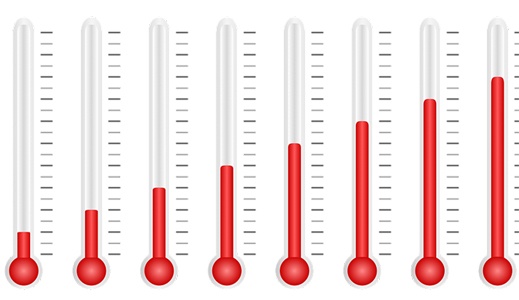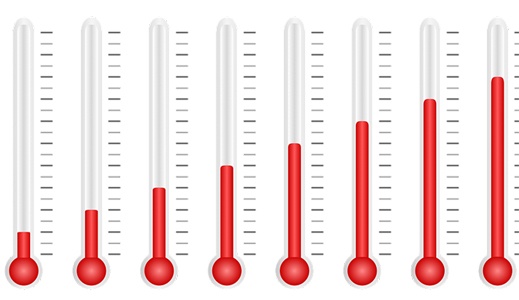By iSmart Team on May 26, 2017 9:00:00 AM

This post has been extracted by Charing Kam from our e-Book, “How To Keep Your Customers Coming Back”.
You’ve put all of this work into creating an effortless customer experience, but how will you measure the effects of your efforts? It’s always important to use data to track your progress within the business, and customer service is no exception. Make sure to use these 10 metrics for tracking and improving your customer service.1) Number Of New Tickets
Knowing how many tickets your team is handling at one time is incredibly important for planning how to manage and grow your customer support team.
2) Submission Method
To manage across your support channels, you have to know which channels your customers are using most frequently. This will help you work towards effortlessness by managing and optimizing those channels your customers use most often.
3) Tickets Solved
In order to assess how effectively your team is managing the requests coming in each week, you need to find out if you are solving problems at the same rate. If you’re continually behind on the number of tickets solved versus the number coming in, chances are it’s affecting your customers’ experiences.
4) Reply
Measured by the time it takes for your team to acknowledge a request once it has been received. Most customers will want an immediate acknowledgement of their request with a follow up to tell them how long it will take to fix the problem.
5) Resolution Time
Tells you how long it takes between the time a request was sent and the time a request was solved. If this average time starts growing, you likely need to solve training problems among your team members.
6) Backlog
When the number of tickets solved consistently falls short of the number of new tickets you receive, you create a backlog. If week after week you fall short of solving your new tickets, you’ll gradually have to put every new request on the backburner to get through your backlog. Try to keep you backlog as low as possible by solving your new tickets quickly.
7) Predicted Backlog
A predicted measure of how long it will take to fill all of your backlog requests. You can use this measure both to evaluate your team and keep your customers informed on their wait time.
8) Ticket Distribution
Are you getting more one-touch tickets or multi-touch tickets? The more times your customer has to re-contact, the more excessive their effort is. If you’re getting an influx of multi-touch tickets, you need to do some investigating.
9) Satisfaction Ratings
You always want to make sure to ask your customers to evaluate their satisfaction with your business. This measure will give you a definitive answer on how well you’re brand is doing at satisfying your customers during their regular interactions with you. It will also help you see your improvements in creating an effortless experience over time.
10) Individual Performance
To effectively manage and coach a team, you always need benchmarks on how well each team member is doing. You can segment stats by individual support representative. This allows you to see who your top performers are and how the work is being distributed among your team members.
Here are four important stats to use to measure individual performance:
- Satisfaction Score
- Response Rate
- Average Resolution Time
- Individual Representative Backlog





comments